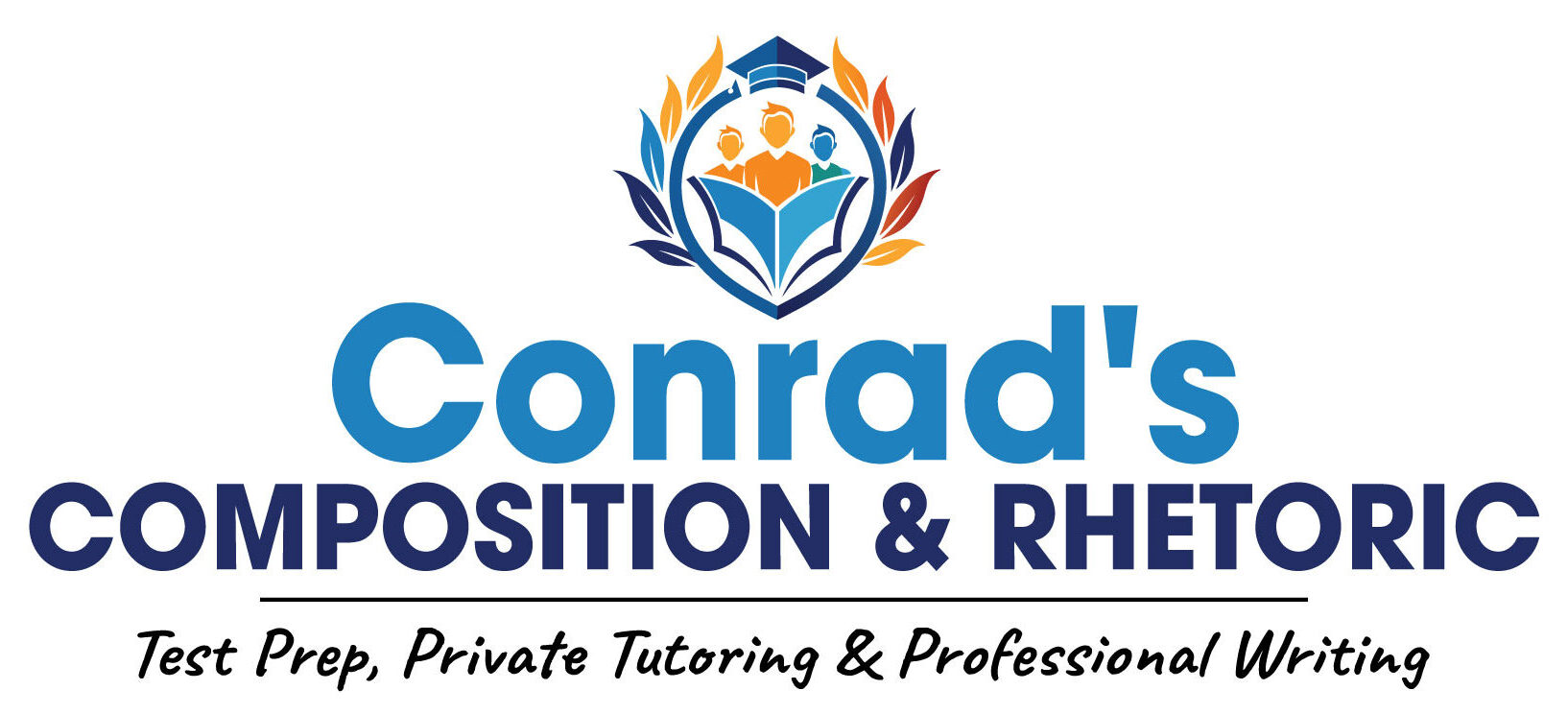Professional Resume Writing: A Step-by-Step Guide
Creating a standout resume can be a game-changer in your job search. A well-crafted resume highlights your skills and experience and sets you apart from other candidates. If you’re unsure where to start, don’t worry—professional resume writing can help you present yourself in the best light possible. Here’s a step-by-step guide to help you through the process.
Step 1: Choose the Right Format
Your resume’s format is the first thing a potential employer will notice. It should be clean, professional, and easy to read. There are three main formats to consider:
- Chronological: Lists your work experience in reverse chronological order. This format is ideal if you have a strong work history in the same field.
- Functional: Focuses on skills and qualifications rather than employment history. This is great if you’re changing careers or have gaps in your employment.
- Combination: This format blends elements of chronological and functional formats. It’s useful if you want to highlight both your skills and your work history.
Choose a format that best showcases your strengths and aligns with your career goals.
Step 2: Craft a Compelling Summary
Your resume should start with a strong summary or objective statement. This is a brief section where you outline your career goals and what you bring to the table. Keep it concise and focused. Mention your key skills and what you aim to achieve in your next role. This is your chance to make a great first impression, so make it count!
Step 3: Highlight Your Experience
When detailing your work experience, start with your most recent job and work backward. For each position, include the following:
- Job Title
- Company Name
- Location
- Dates of Employment
Under each job, list your responsibilities and achievements in bullet points. Use action verbs to describe your accomplishments and quantify your results whenever possible. For example, instead of saying “responsible for managing a team,” try “led a team of 10, improving project completion rates by 20%.”
Step 4: Showcase Your Skills
Your skills section should reflect the qualities and abilities that make you a great fit for the job. Include hard skills (technical abilities related to the job) and soft skills (interpersonal skills). Tailor this section to match the job description. If the employer seeks proficiency in specific software or communication skills, ensure these are highlighted.
Step 5: Include Education and Certifications
List your educational background and any relevant certifications or licenses. Start with your highest degree and work backward. Include:
- Degree or Certification
- Institution Name
- Location
- Graduation Date (or Expected Date)
If you have several certifications or additional training relevant to the job, include those. They can help set you apart from other candidates.
Step 6: Add Additional Sections
Depending on your field and experience, you might want to add other sections, such as:
- Professional Affiliations: Memberships in industry organizations.
- Awards and Honors: Recognition you’ve received.
- Volunteer Work: Relevant volunteer experience can showcase additional skills and commitment.
Only include additional sections if they add value to your resume and align with your career goals.
Step 7: Proofread and Edit
A resume with spelling and grammar errors can undermine your professionalism. Carefully proofread your resume to catch any mistakes. It’s also helpful to have someone else review it. A fresh set of eyes can catch errors you might have missed and provide feedback on your resume’s overall readability and impact.
Step 8: Tailor for Each Job
One of the most crucial steps in professional resume writing is tailoring your resume for each job application. Customize your resume to match the job description by highlighting the skills and experiences most relevant to the position. This demonstrates to employers that you’ve considered how you fit their specific needs.
Step 9: Optimize for ATS
Many companies screen resumes using Applicant Tracking Systems (ATS). To ensure your resume gets noticed, use keywords from the job description and avoid complex formatting that might confuse the system. Your best bets are simple bullet points, standard fonts, and clear headings.
Final Thoughts
Professional resume writing is more than just listing your job history. It’s about crafting a document effectively communicating your value to potential employers. By following these steps, you’ll create a resume that stands out and improves your chances of landing that coveted interview. Remember, your resume is your personal marketing tool—make sure it reflects your skills and achievements in the best possible light!
